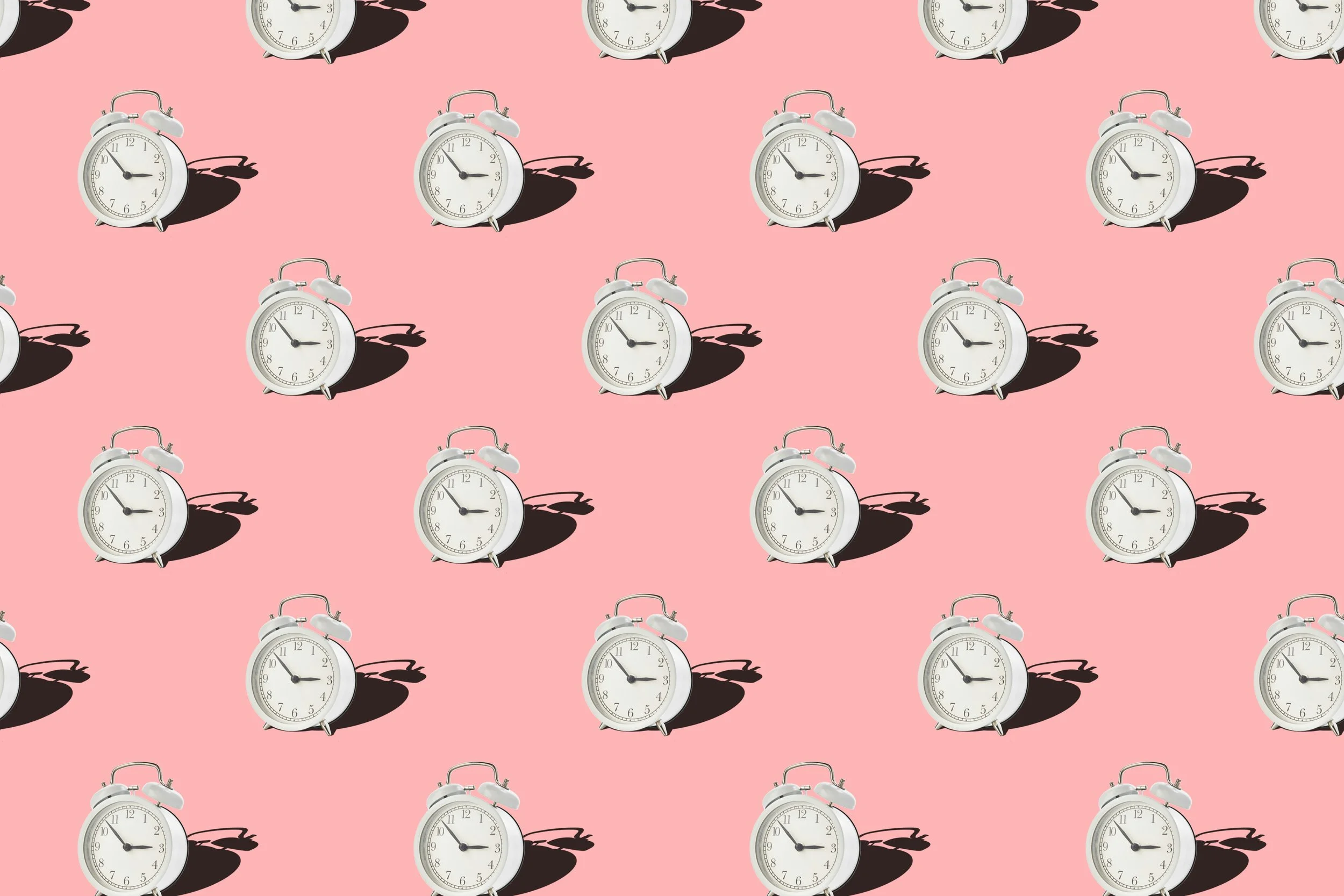The Chaos of Transitions
by Alisa Stamps
photo by micheile henderson
“The extremes seemed, and were in many cases, simpler.”
Transitions. That time in between from one thing to another. The grey area. The holding pattern. Dare we also say, that time in the middle.
Why is the middle so hard? Why do extremes sometimes feel so much easier? Extremes are definitely more intense, more chaotic, and yet they can tend to feel much more comfortable. Is it that we just get hooked on the chaos?
When I worked in the world of substance use we often spoke about an addiction as the chaos of the disease, as well as to the disease itself. For many who suffered, recovery was much harder than the addiction. The patients had spent years perfecting the “art” of their disease, and less time figuring out what their lives without the disease would look like.
I remember a colleague who was in recovery sharing with me how “hard those first months of sobriety were”—that transition between the disease and remission from the disease. The extremes seemed, and were in many cases, simpler.
And yet, what happens if we’ve grown up in a toxic family environment—where chaos was the norm and extremes were lived on a daily basis? If you’ve grown up as an adult child of a narcissist, you know these extremes all too well. The narcissist lives in a world of either idealization or devaluation and the child “learns” to adapt to this. The child may be praised and loved one minute by the narcissist, and then criticized and tormented in the next. This is another case where the “middle” could feel foreign, unfamiliar, and perhaps incredibly uncomfortable.
“Transitions can be another time when we find ourselves back in some of our more self-destructive coping mechanisms, or as we like to say in Gestalt, our creative adjustments.”
Transitions can be another time when we find ourselves back in some of our more self-destructive coping mechanisms, or as we like to say in Gestalt, our creative adjustments. It is never a surprise to me when a client shares their life changes or how they’re going through an especially difficult time and find themselves knee deep in their eating disorder again. We cling to what we know has worked in the past, what brings us “feelings of control,” thus helping us to feel more comfortable during the uncomfortable. These creative adjustments are the “known factors” in times where we are desperately trying to navigate the unknown.
Transitions don’t have to be negative for us to feel uncomfortable either. They can be exciting, prideful, and extremely terrifying. Transitions can include anything from starting that dream job to the changing of the seasons. And it’s good to remember that once you make it through this sticky and mucky time, you will have learned so much more than you thought you were capable of and will be a better and braver version of yourself all around.











